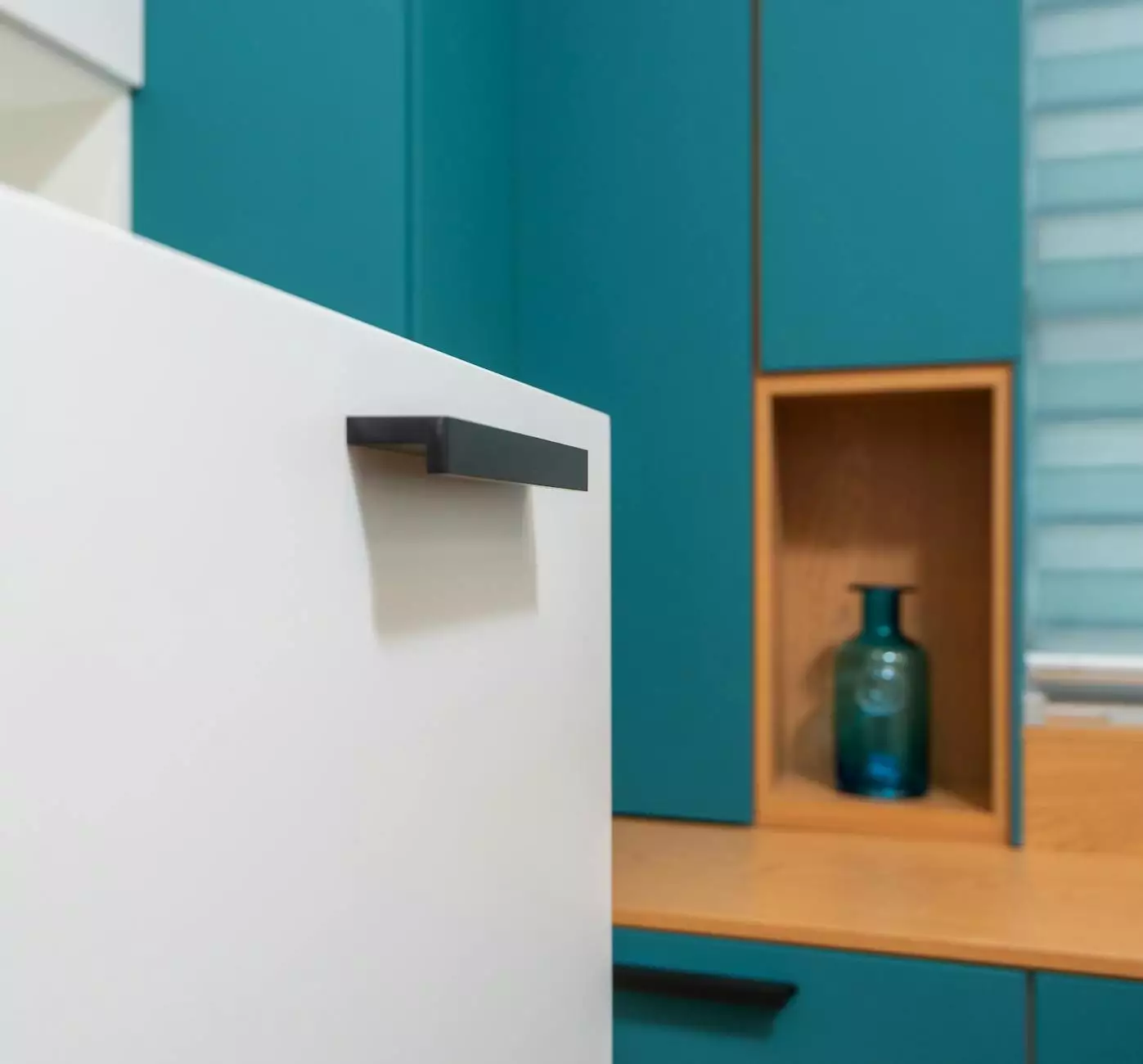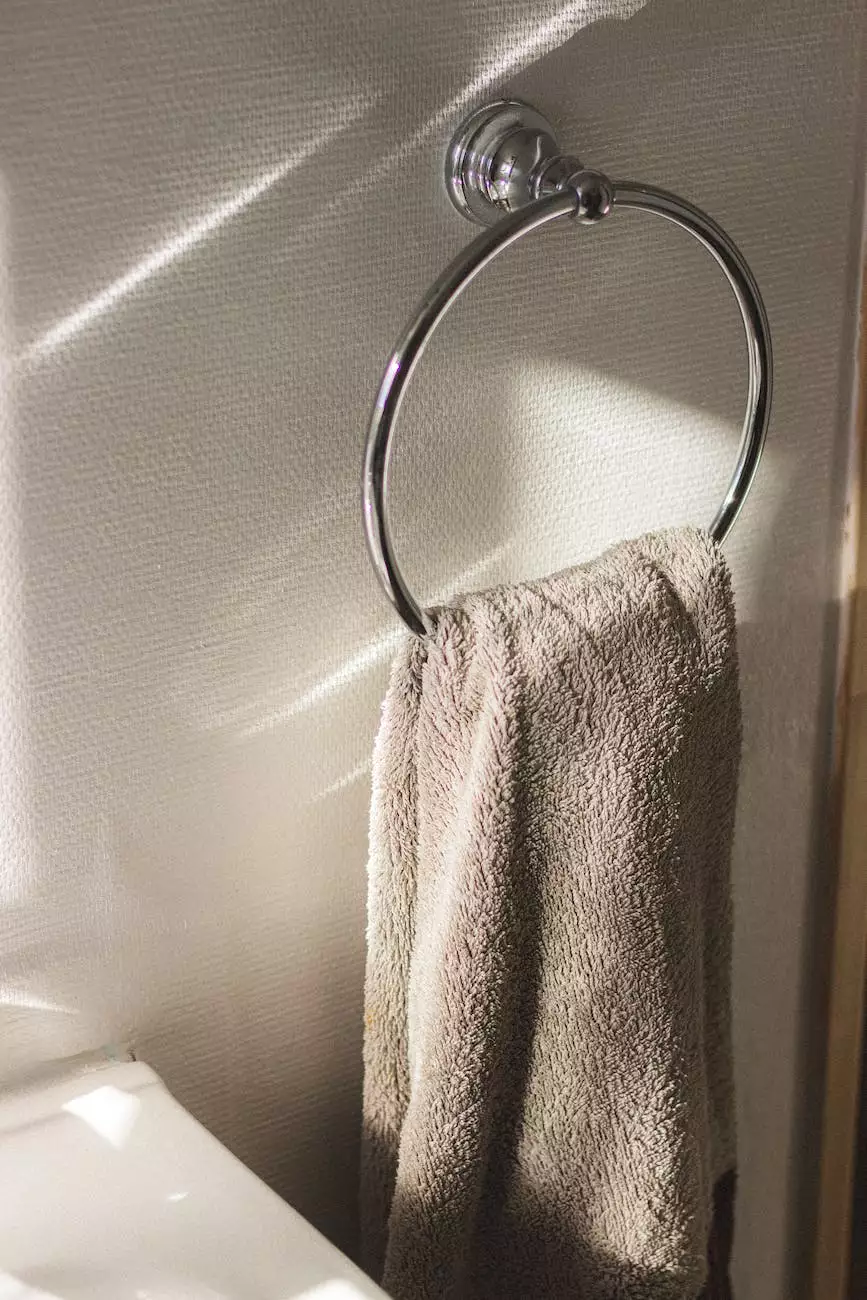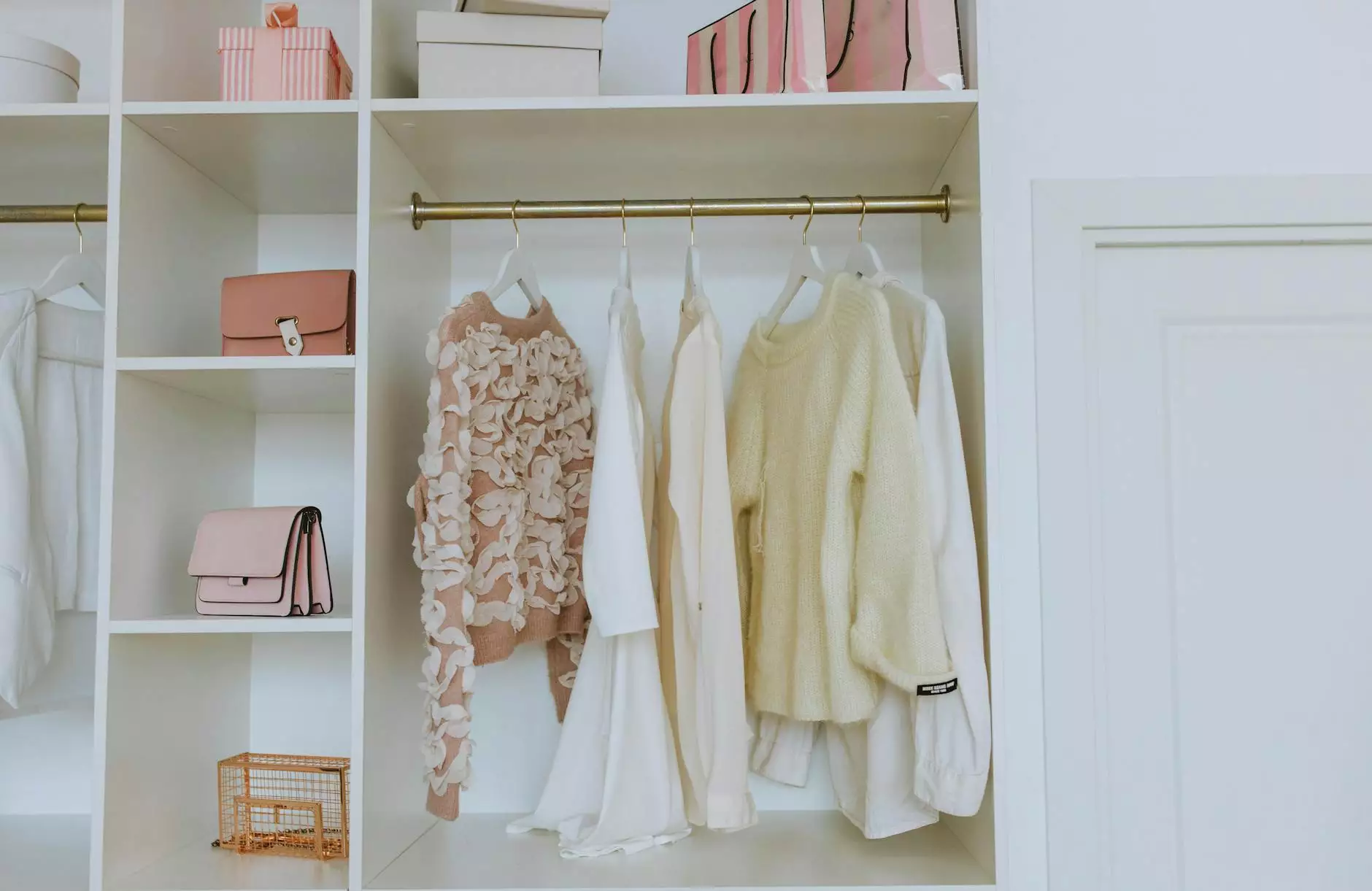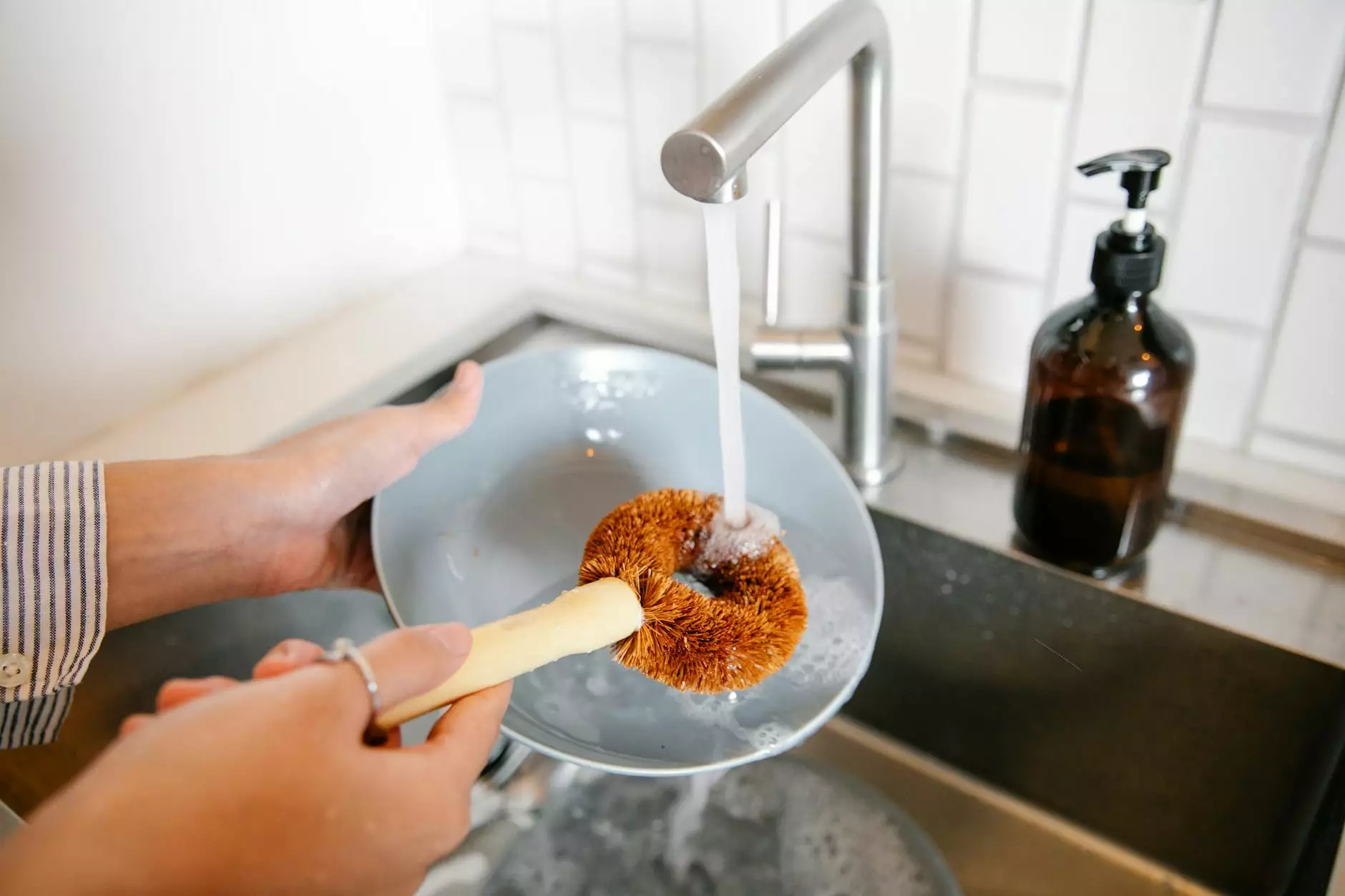How To Organize & Store Keepsakes & Other Sentimental Items
Home Transformations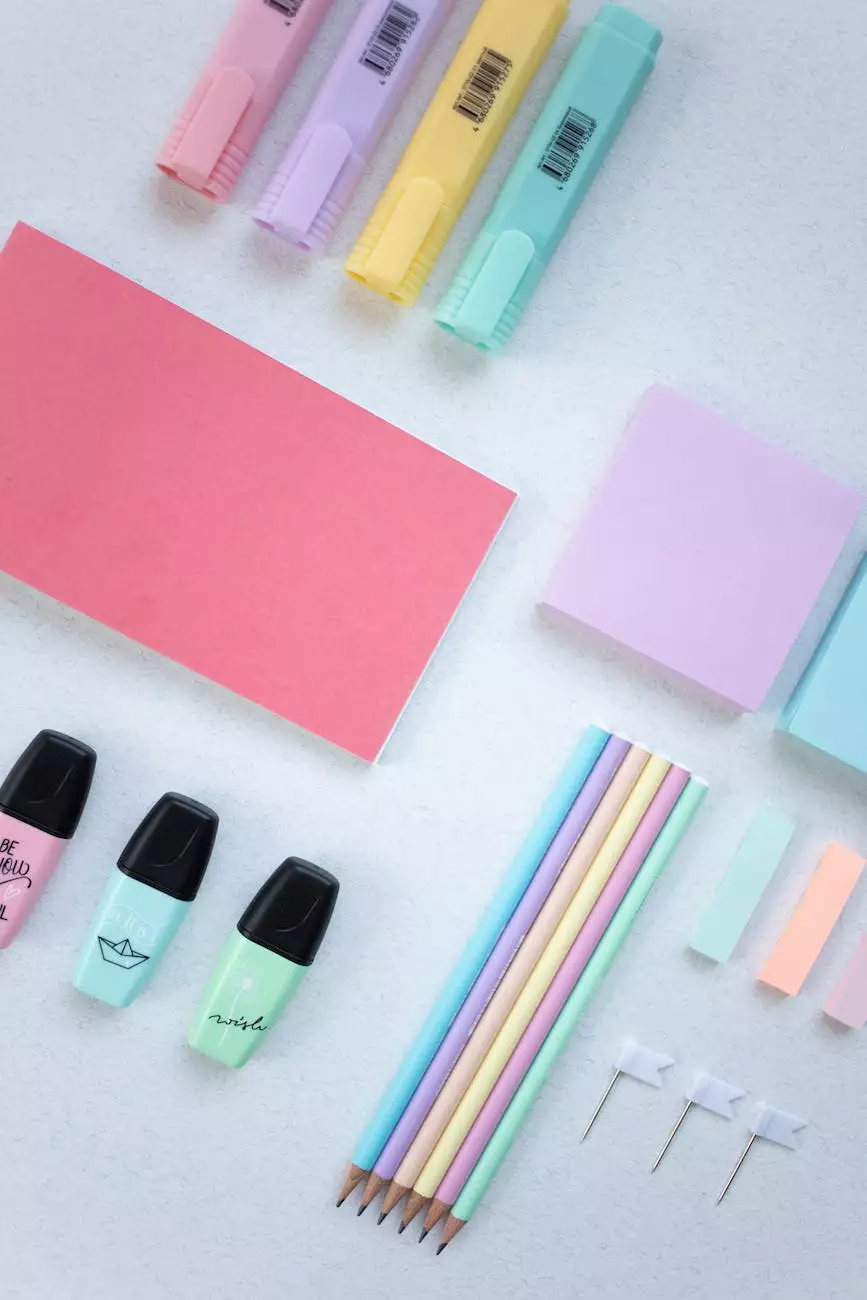
Welcome to Best DIY Furniture Paint, your trusted source for all things furniture and home decor! In this comprehensive guide, we will share expert tips on how to effectively organize and store your keepsakes and other sentimental items. Whether you're a sentimental soul or simply looking to declutter and preserve your cherished belongings, we've got you covered.
Why Is Organizing and Storing Keepsakes Important?
Keepsakes and sentimental items hold immense value in our lives. They carry memories, emotions, and stories that are irreplaceable. However, without proper organization and storage, these precious belongings can be easily damaged or lost over time. By implementing the right techniques, you can ensure the longevity and preservation of your keepsakes for generations to come.
Start with Sorting and Categorizing
The first step in organizing your keepsakes is to sort and categorize them. Begin by gathering all your sentimental items in one place. This includes photographs, letters, heirlooms, artwork, and any other meaningful objects. Once you have everything together, start grouping them into categories based on their type, theme, or significance.
For example, you can create categories like "Family Photos," "Childhood Memorabilia," "Travel Souvenirs," or "Special Occasions." This will help you gain a better understanding of the quantity and variety of keepsakes you possess and lay the foundation for an efficient organization system.
Choose the Right Storage Containers
When it comes to preserving keepsakes, selecting the right storage containers is crucial. Opt for acid-free, archival-quality boxes, folders, or albums. These materials are designed to protect your belongings from deterioration caused by acids present in many everyday objects, such as regular paper or cardboard.
Consider investing in archival-quality photo albums with acid-free pages and protective sleeves for your precious photographs. Use acid-free boxes to store letters and documents, ensuring they are laid flat to prevent creasing or bending. For artwork, use acid-free and UV-protected frames or tubes to shield them from light damage.
Labeling and Cataloging
Once you have sorted and stored your keepsakes, it is essential to label and catalog them for easy retrieval. Create a labeling system that makes sense to you, whether it's using alphabetical order, chronological order, or any other organizational structure that suits your needs.
Attach labels to the storage containers, noting the contents and the category they belong to. This will help you quickly locate specific items, especially when you have numerous boxes or albums. Additionally, consider creating a digital catalog or inventory of your sentimental items. You can use dedicated software or simply create a spreadsheet with detailed descriptions, dates, and any other relevant information.
Preserving Fragile Keepsakes
Some keepsakes require extra care and attention due to their fragility or unique properties. For delicate fabrics, such as wedding dresses or baby blankets, consider acid-free textile boxes or preservation kits. These specialized containers are designed to prevent yellowing, staining, and damage caused by moisture or insects.
If you have fragile items like delicate ceramics or vintage glassware, use cushioning materials such as acid-free tissue paper or foam inserts to protect them from breakage during storage. Wrap each item individually before placing them in a secure box or cabinet.
Creating a Safe and Suitable Storage Space
While organizing and categorizing your keepsakes is essential, finding the right storage space is equally important. When deciding on a location, consider factors such as temperature, humidity, and exposure to sunlight.
Keep your keepsakes away from areas prone to extreme temperature changes, like attics or basements, as these fluctuations can cause damage. Instead, choose a cool, dry, and well-ventilated area, such as a spare room, closet, or dedicated storage cabinet.
Regular Maintenance and Inspection
Preserving and storing your keepsakes is an ongoing process that requires regular maintenance and inspection. Set a reminder to inspect your storage containers at least once a year to ensure everything remains in good condition.
Check for signs of moisture, insect infestations, or any visible damage. Make sure that the containers are sealed properly and that there are no environmental factors jeopardizing the integrity of your keepsakes. This regular maintenance will help identify issues early on and prevent further deterioration.
Conclusion
Best DIY Furniture Paint hopes that this detailed guide has provided you with valuable insights and knowledge on how to effectively organize and store your keepsakes and other sentimental items. By following these expert tips, you can ensure the longevity, preservation, and protection of your cherished belongings.
Remember, taking the time to properly organize and preserve your keepsakes is a meaningful way to honor and celebrate the memories they hold. Start today and create a lasting legacy for future generations.


